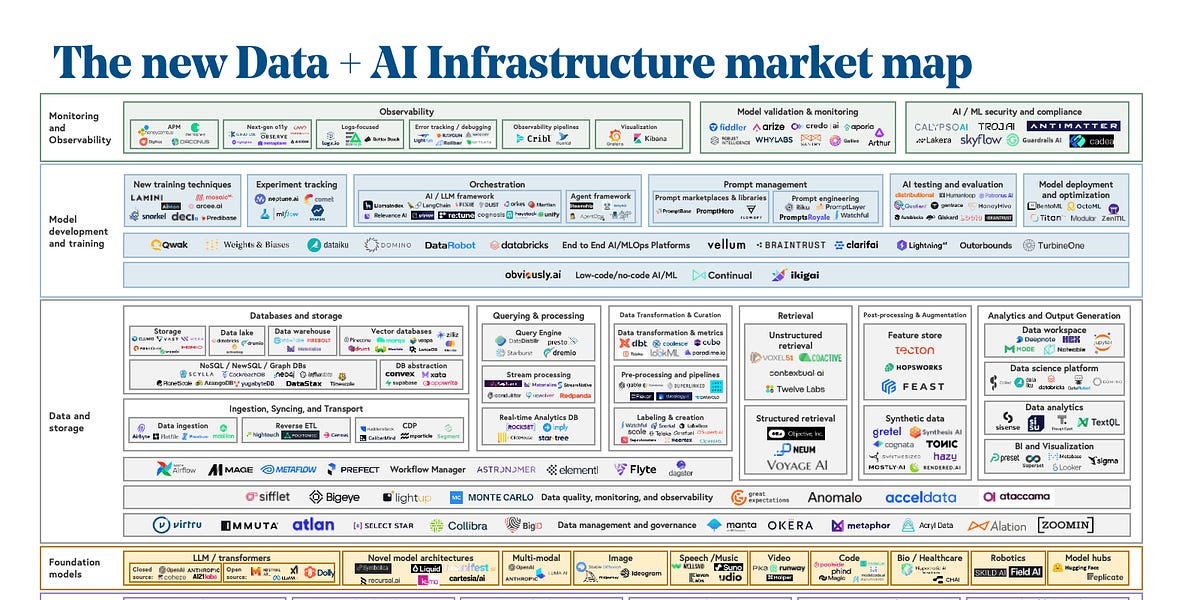Why AI Infrastructure Startups Are Insanely Hard to Build

🌈 Abstract
The article discusses the challenges faced by AI infrastructure startups, arguing that they are a "tarpit idea" as a venture-scale business. It examines the competitive dynamics, lack of differentiation, and challenges in winning over enterprise customers that these startups face. The article also suggests potential solutions for AI infrastructure startups, such as narrowing their scope, focusing on a specific workload, raising more VC funding, or avoiding VC funding altogether.
🙋 Q&A
[01] The Challenges Facing AI Infrastructure Startups
1. What are the key reasons why the author believes AI infrastructure startups are a "tarpit idea" as a venture-scale business?
- Lack of significant differentiation from incumbents (e.g., GCP, AWS, Vercel, Databricks, Datadog) in terms of features and products
- Incumbents are better positioned to commercialize innovations due to more usage data and enterprise relationships
- Good ideas from startups get quickly benchmarked and copied by incumbents and the open-source community
- Enterprise customers are incentivized to "hold off" on onboarding new vendors due to the rapid changes in the AI landscape
2. What other major forces are worsening the competitive environment for AI infrastructure startups?
- Builders are now conditioned to demand "composability," making it easy to switch between different solutions
- The ongoing plummeting of inference costs, leading to a need for AI infrastructure players to constantly price-match the incumbents
- Incumbents' strategy of creating "end-to-end AI platforms," making it harder for startups to compete with point solutions
[02] Potential Solutions for AI Infrastructure Startups
1. What are the four ways the article suggests for AI infrastructure startups to differentiate themselves?
- Narrow down the scope even further, focusing on a very specific segment of enterprise customers
- Focus on just one workload, rather than trying to solve for multiple workloads
- Raise more VC money than they think they need, to have a longer runway
- Avoid raising VC money at all, to have the flexibility to work on more promising problems
2. Why does the author suggest that AI startups should be open to being acquired by larger players, even if it's not a prestigious destination?
- The author believes the acquisition market for the AI infrastructure sector will become more "efficient" as the winners and losers emerge, and the workloads and enterprise needs become more clearly defined.
- To sell their startup at an "attractive" valuation, AI startups should market themselves before the market becomes less efficient, as all AI infrastructure startups may start running out of runway at the same time.